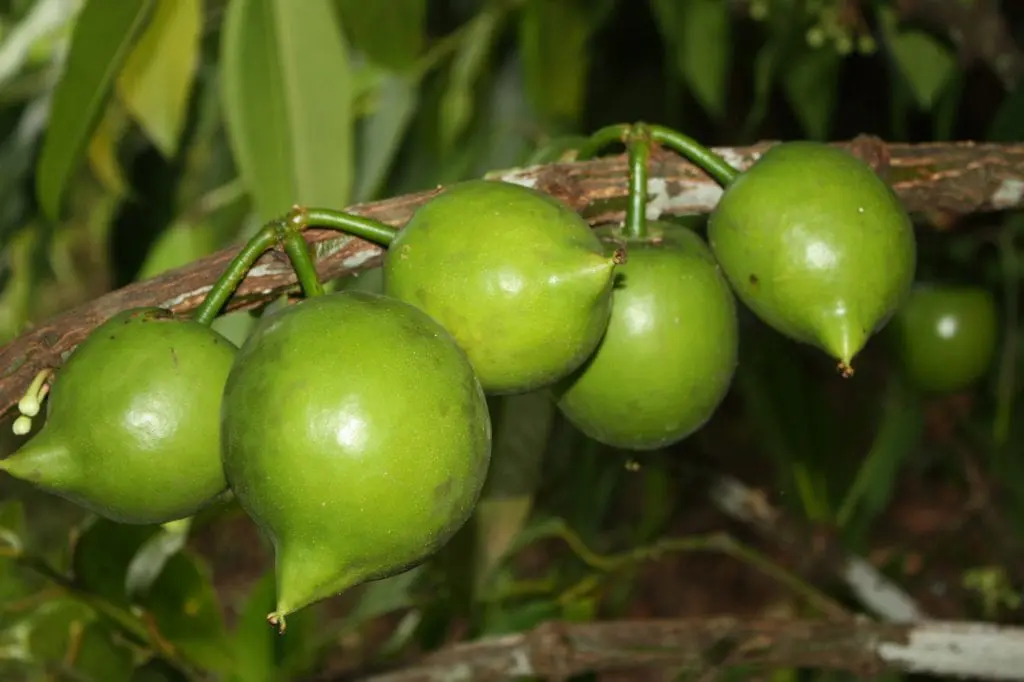Originally from Mexico, the Cipote , whose scientific name is Casimiroa edulis , is an ideal fruit tree to grow in warm climates, where there are no frosts and it can grow in a wide area so that it can develop its crown correctly.
It is a very interesting species: it is easy to grow, it gives very good shade and its fruits are rich in vitamins A and C, essential for the proper functioning of our body and to be able to enjoy excellent health.
Index
- 1 Characteristics of Cipote
- 2 How do you take care of yourself?
Characteristics of Cipote

Image – Davesgarden.com
The Cipote, also known as White Zapote or Mexican Pear, is an evergreen tree (that is, it remains evergreen) that grows to a height of between 6 and 10 meters . Its leaves are compound, digitate, with three to five oval lobes. The flowers are grouped in paniculate inflorescences, are yellowish-green or white, and fragrant.
The fruit is a yellowish or greenish rounded drupe 6 cm in diameter that contains 2 to 5 large seeds. It is edible, and in fact it has a very good taste, similar to that of peaches, although it should not be eaten in excess since in high doses it can be fatal .
How is it taken care of?

If you want to grow Cipote in your garden, take note of these tips:
- Location : full sun or partial shade.
- Irrigation : every 2-3 days in summer, every 4-5 days the rest of the year.
- Soil : light, with good drainage, and not saline.
- Fertilizer : throughout the growing season (spring and summer) it should be fertilized with organic fertilizers such as manure or earthworm humus, for example, spreading a layer of 2-3cm around the tree.
- Pruning : It is important to obtain fruit. It must be done at the end of winter.
- Transplanting/planting : in spring.
- Propagation : by seed in spring and by grafting in spring-summer.
- Hardiness : withstands frosts down to -1ºC.
